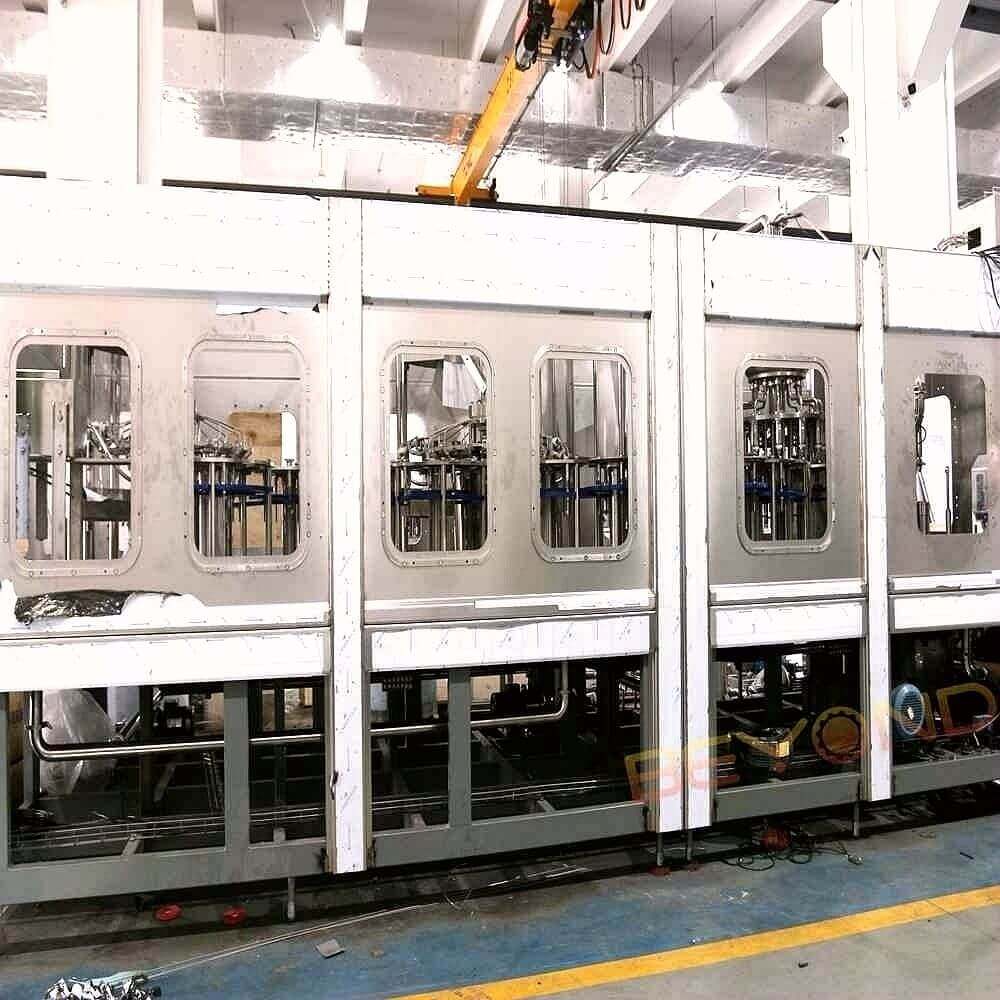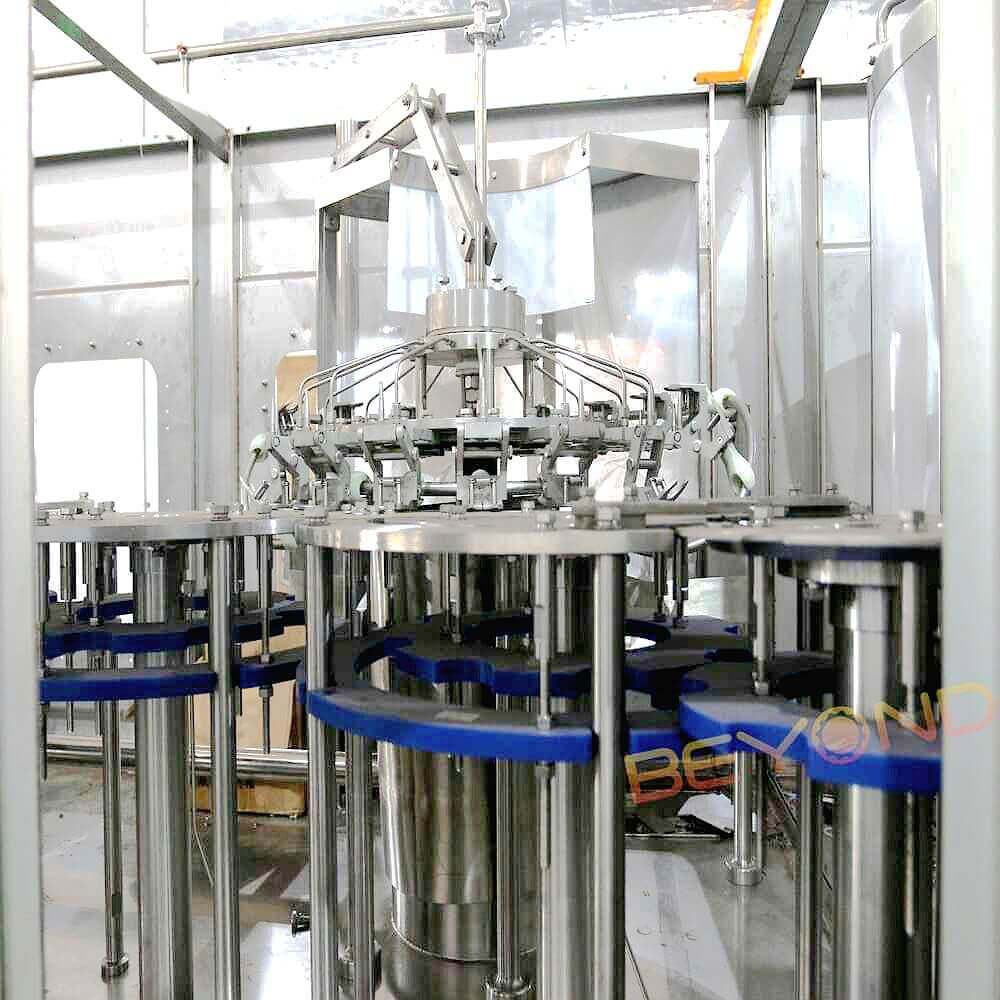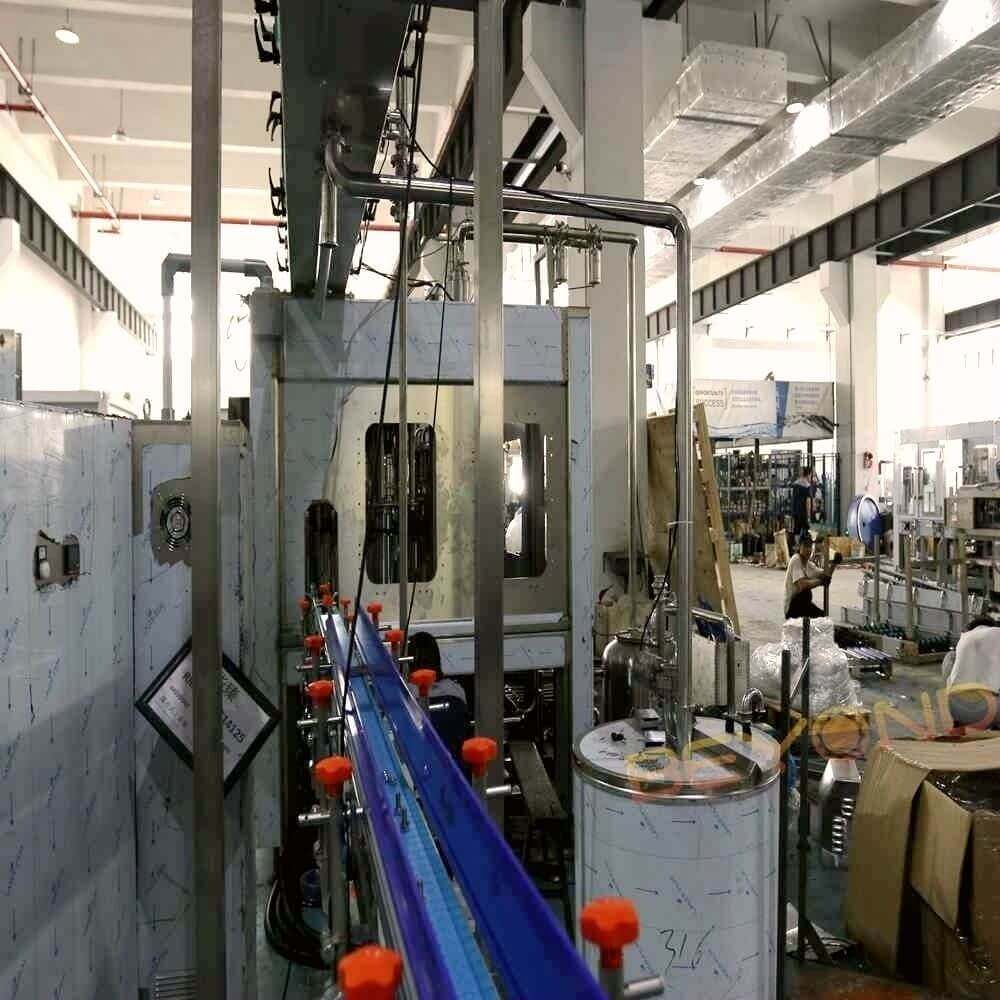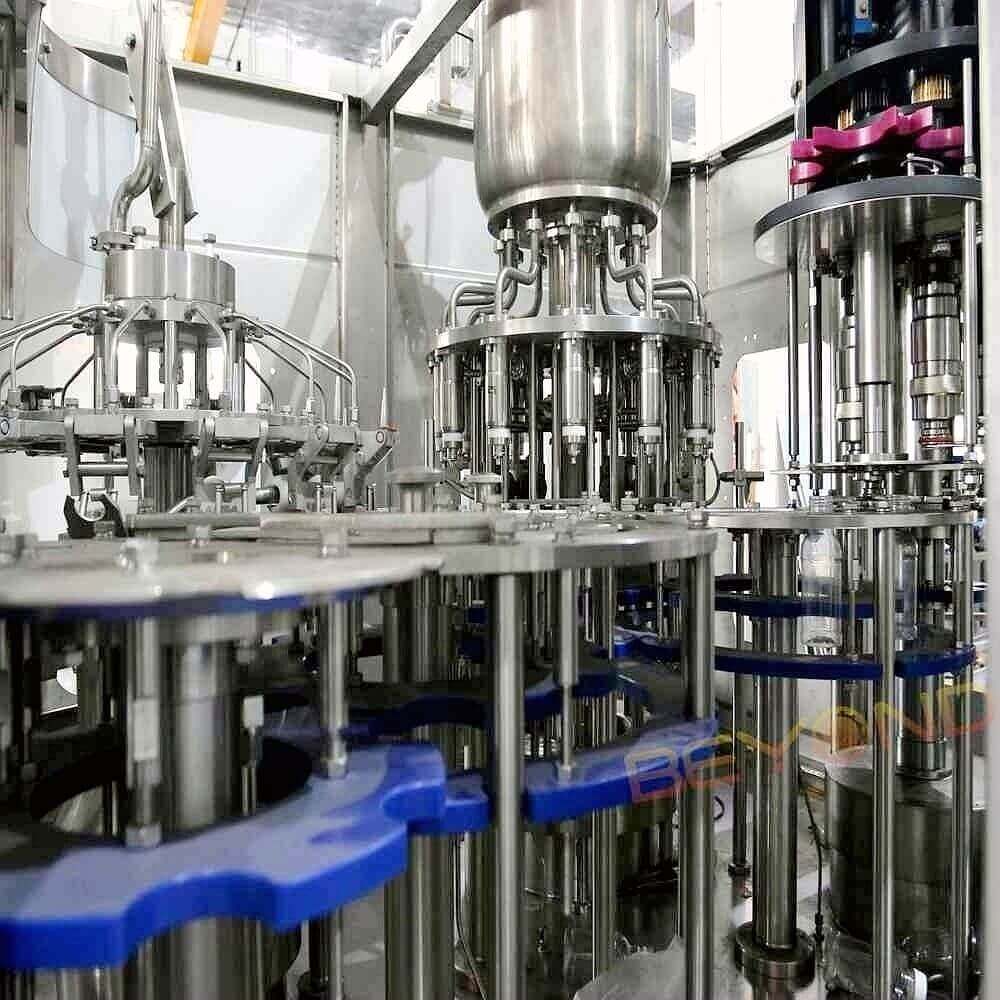Ultra Clean filling is the best process for vitamin water, especially formulas enriched with heat-sensitive vitamins like C and B-complex. Unlike hot fill, which can degrade nutrients due to high temperatures, Ultra Clean technology maintains ingredient integrity by combining a hygienic environment, sterile air filtration, and contactless filling. It minimizes microbial contamination without preservatives and ensures shelf stability—making it ideal for premium, low-sugar, functional beverages. For factories focused on quality and compliance, Ultra Clean is the preferred solution.

The Booming Market of Vitamin Water
The functional beverage market is on a rapid rise, with vitamin water leading the trend. Today’s health-conscious consumers are looking for drinks that offer low sugar, organic ingredients, and enhanced vitamins like B-complex and Vitamin C. But these nutritional benefits come with a challenge—preserving stability and shelf life without compromising ingredient integrity.
To meet these challenges, choosing the right filling technology is not just important—it’s mission-critical. A small error in processing can degrade the active compounds, shorten shelf life, or even compromise safety.
Key Challenges in Vitamin Water Filling: Technical Considerations for High-Value Functional Beverages
Filling vitamin-enhanced water is not a simple bottling task—it requires pharmaceutical-grade precision and food-grade hygiene. Below are the four key technical challenges manufacturers must address to ensure product stability, nutrient retention, and regulatory compliance.
1. Ingredient Sensitivity: Managing Thermal and Oxidative Stress
Vitamins such as ascorbic acid (Vitamin C) and B-complex (e.g., B6, B12) are highly sensitive to heat, oxygen, and UV light. Even brief exposure to temperatures above 50°C or prolonged contact with oxygen can trigger degradation, resulting in nutritional loss and off-flavors. Therefore, hot filling must be carefully evaluated, and oxygen-reduction strategies like inert gas flushing should be implemented in cold-fill systems.
Expert Tip: Always validate vitamin degradation curves under simulated filling conditions before choosing a technology.
2. Hygiene Requirements: Beyond Clean—Ultra Clean & Aseptic Zones
Due to the low preservative content and high nutrient load, vitamin water is prone to microbial contamination if the environment is not strictly controlled. Conventional rinsing is insufficient. Filling zones must meet Ultra Clean or Class 100 (ISO 5) aseptic standards, including:
-
HEPA-filtered laminar air flow
-
Positive-pressure isolators
-
Contactless filling valves
-
Sanitary design (3A/ EHEDG certified components)
Insight from the Field: A key failure point in many installations is the cap sterilization process. Ensure caps are UV or chemical-sterilized inline just before capping to prevent recontamination.
3. Precision Filling: Micronutrient Dosage Accuracy
Nutrient formulations must comply with label claims (e.g., “100% Daily Value of Vitamin C”) within tight tolerances. Inconsistent fill volumes or phase separation of active ingredients can lead to compliance failures or consumer distrust. High-end fillers use:
-
Electromagnetic or mass flowmeters
-
Servo-driven valve control
-
Real-time feedback systems
Pro Tip: For multi-phase filling (e.g., vitamins + flavor oils), consider dual-injection filling heads to prevent stratification and ensure homogeneous dosing.
4. Packaging Compatibility: Matching Process to Material Properties
PET and glass bottles each pose unique engineering challenges:
-
Hot Fill requires heat-resistant PET (often with crystallized necks) to prevent shrinkage or warping.
-
Ultra Clean Fill needs bottles pre-treated with chemical or dry preform sterilization.
-
Glass provides better barrier properties but demands slower filling speeds and careful thermal shock control.
Recommendation: In early-stage projects, use bottle simulation software to test structural resistance to vacuum (hot fill) or overpressure (isobaric cold fill).

Common Filling Technologies for Vitamin Water
| Filling Method | Advantages | Disadvantages | Best Use Cases |
|---|---|---|---|
| Hot Fill | Extends shelf life by thermal sterilization | Can degrade sensitive vitamins | Fruit-flavored, low-vitamin or pasteurized drinks |
| Ultra Clean Fill | Preserves vitamins, sterile environment | Higher capex and OPEX, cleanroom required | Premium, high-vitamin, low-preservative formulas |
| Ambient Isobaric | Low cost, simple setup | Requires preservatives, shorter shelf life | Budget products with flavor additives |
Recommended Filling Machines & Line Setup
For Small Factories (≤ 5000 BPH)
-
Rotary isobaric filler with UV sterilization
-
Manual or semi-automatic rinsing system
-
Suited for flavored waters with preservatives
For Medium Scale (5000–20000 BPH)
-
Hot fill line with bottle inversion sterilizer
-
Or entry-level ultra clean line with class-100 laminar flow
-
Ideal for local brands upgrading their product range
👉 See our solution: Ultra Clean Filling Line for Nutrient-Sensitive Beverages – preserves active vitamins, built for hygiene-critical drinks.
For Large-Scale Production (20000+ BPH)
-
Flowmeter-based filler for ±0.3% accuracy
-
Full CIP/SIP automation to reduce downtime
-
Integrated HEPA, overpressure isolators, and robotic cap sterilizers

Common Issues & Solutions in Vitamin Water Production
| Issue | Cause | Solution |
|---|---|---|
| Foaming during filling | High vitamin C or surfactant content; fast filling speed | Use bottom-up filling nozzles; reduce filling speed; optimize nozzle design |
| Vitamin oxidation | Exposure to oxygen and light; long filling time | Apply nitrogen flushing before capping; use amber PET bottles |
| Bottle paneling (vacuum collapse) | Vacuum created after hot filling and cooling | Use PET bottles with vacuum panels; apply nitrogen dosing or vented caps |
| Inconsistent dosing | Manual calibration errors; non-precise filling system | Use flowmeter or loadcell-based fillers with auto-calibration |
| Slow or ineffective CIP cleaning | Manual cleaning; lack of automation | Implement automated CIP/SIP systems with flow and temperature monitoring |
Conclusion: Smart Planning from Formula to Factory Floor
When it comes to vitamin water, the filling process is more than just machinery—it’s a strategic decision. A factory must:
-
Design lines for future upgrades (e.g., starting with hot fill, upgrading to ultra clean)
-
Match the filling technology to the product formula, not just to the budget
-
Collaborate with experienced machine suppliers who understand the nuances of vitamin stability, hygienic design, and packaging materials

